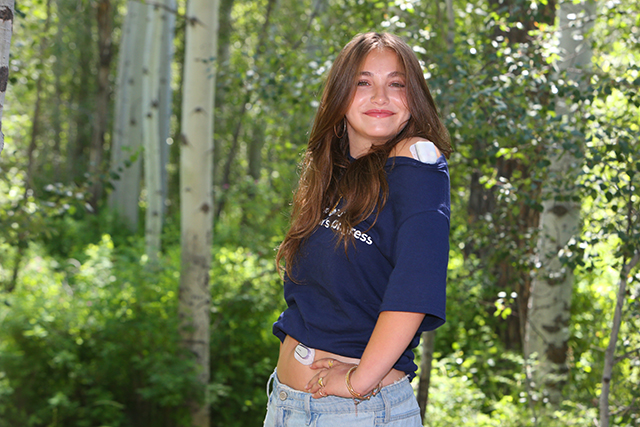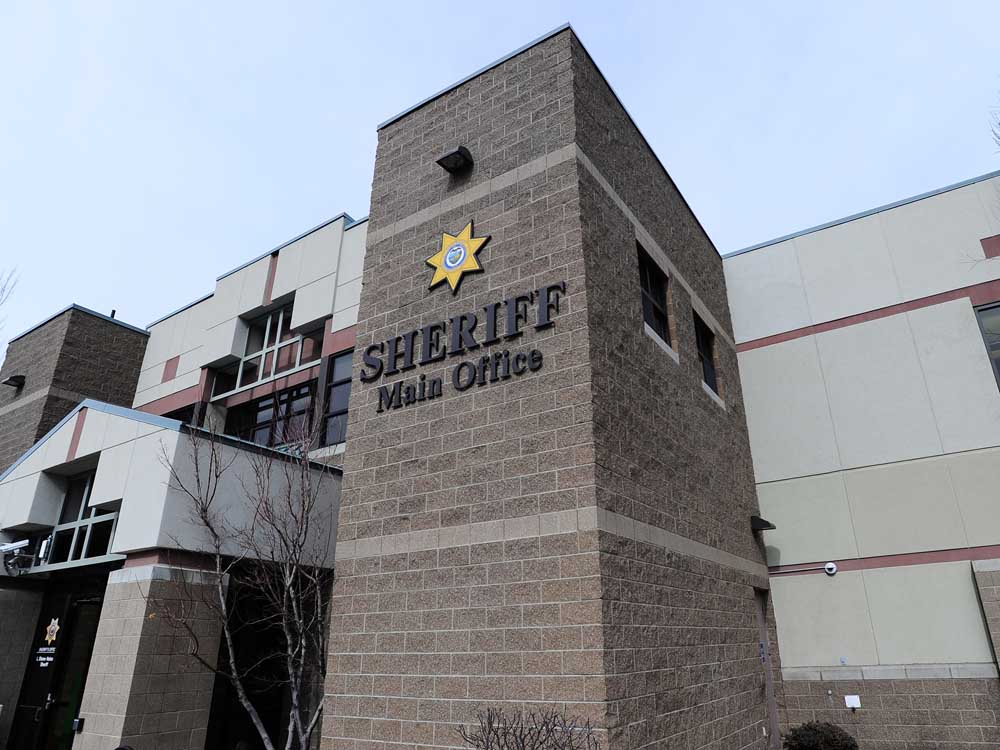Legendary coach a naturalist at heart
Published 12:00 am Thursday, February 1, 2018

- Former Minnesota Vikings head coach Bud Grant died at 95.
BRIDGEPORT, Neb. — Some duck blinds are shaped like coffins, requiring hunters to lie on their backs, eyes upturned, scanning the skies for incoming birds. The blind Bud Grant is hunkered in on this early January morning resembles instead a World War I trench. Grant, the retired Minnesota Vikings coach, three-sport Minnesota Gophers standout, member of the 1950 NBA champion Minneapolis Lakers and inductee of both the Canadian Football Hall of Fame and the Pro Football Hall of Fame, is 90 years old.
He walks more stiffly than he did a few duck seasons ago, sometimes shuffling, with his shoulders hunched. But his mind is sharp, and the circuitry that coordinates his eyes and hands is untarnished. The sun has not yet fully gathered over the eastern horizon and already he has downed a pair of drake mallards, his alignment with the speeding fowl fluid and assured.
Trending
Even now, 32 years after Grant’s steely visage last appeared on the Vikings sideline, he remains the team’s winningest coach. Yet for some Minnesotans of a certain age, a single word — “Bud” — triggers memories of the Vikings’ four star-crossed Super Bowl appearances, the fifth of which, they hoped, would have washed away those recollections in Minneapolis this Sunday.
Super Bowls aside, Grant will tell you some people are born to play musical instruments, or do mathematics, or teach school, while others are natural athletes. “You’re just born with it,” he says, shrugging.
Growing up in hardscrabble Superior, Wisconsin, Grant realized his physical gifts early: He could throw a rock into a coffee can at 20 paces. To polish this skill, he would fling 200 or even 300 rocks a day.
The country was baseball-crazy at the time, and he would fancy himself a major leaguer, heaving so many rocks that by his teen years his right arm was longer than his left.
Years later, after leaving the University of Minnesota in his senior year for the Lakers as the NBA’s first hardship case, Grant turned his pitching arm into cash. “I made more money pitching town baseball in summer than I did playing for the Lakers in winter,” he says. This was just after World War II. Television was in its infancy, and throughout Minnesota and Wisconsin, town baseball was big-time entertainment.
“For $50 a game, I’d pitch overhand, sidearm, submarine — everything — three nights a week,” Grant says. “Sometimes I’d ask for $100. If the team couldn’t afford it, I’d tell them to bet the $50 they were going to pay me against someone from the other town. I’d guarantee we’d win, and I’d get the $100.”
Trending
Hunting with Grant on this overcast morning along the North Platte River in western Nebraska is Dennis Highby, a longtime friend and the retired president and chief executive officer of Cabela’s, the Nebraska-based outdoor sporting goods chain.
Also along is Pat Smith, who came into Grant’s life after his wife of 60 years, Pat Grant, died in 2009 of Parkinson’s disease. “I couldn’t get along without her,” Grant says of his “new Pat.”
Notwithstanding the circuslike garage sale he hosts at his home each May, during which he peddles everything from fishing rods to bobbleheads, he is more comfortable out of the public eye than in it.
A naturalist at heart, and a keen observer of anything that moves, perhaps especially birds, and perhaps even more especially people, Grant might begin a day watching the cardinals and blue jays that feed outside the kitchen windows of his home or his northern Wisconsin cabin. Or he might stroll into Vikings headquarters, where, now in his 50th year with the club, he maintains a small office whose scattered memorabilia suggests a life spent hunting and fishing, interrupted by football.
A day’s high point occurs if he sees one or more of his six kids, 19 grandkids or 13 great-grandkids.
Never one to look back — Grant does not dwell on the Vikings’ Super Bowl losses — he nonetheless at times entertains the introspection that advancing age nurtures:
“I’ll be reading the paper, and I’ll find myself looking around and saying: ‘This is great. How did I get here?’ Of all the forks in the road I came to in my life, of all the decisions I made — and making decisions is the most important thing you do — I ended up here.”
He almost did not.
As far back as his NBA playing days, when an engine on the Lakers’ team plane burst into flames over Boston Harbor after an evening game with the Celtics, and as recently as 2015 when he and a friend crashed-landed a twin-engine Beechcraft in Saskatchewan while on a hunting trip, Grant could have bought the farm any number of times in airplane calamities.
‘I’ve been lucky’
And he almost froze to death as a teenager while hunting ducks during the Armistice Day Blizzard that socked the Midwest in 1940.
“Luck is a big part of everything,” Grant says. “I’ve been lucky.”
Harry Peter Grant was born in Superior on May 20, 1927, to Harry Peter Grant Sr., a fireman, and Bernice Grant, a homemaker.
Realizing soon that two “Harrys” was one too many in her house, Grant’s mother hung the moniker “Buddy Boy” on him. In time, the nickname was shortened to Bud. But not before it was emblazoned on a little red wagon he pulled around town, hawking Minneapolis newspapers that arrived in Superior by train.
“I’d meet the train at 5 in the morning on Sundays and buy the papers I thought I could sell,” Grant said. “The town whorehouse was on my route, and I’d knock on that door, and the women would say, ‘Buddy Boy is here!’ and sometimes they’d invite me in for hot chocolate and cookies. They’d usually tip me, too. If they were having a good night, I might get a quarter.”
Stricken with polio as a boy, Grant strengthened his legs catching passes and shooting baskets. Always big for his age, he was a prep football, basketball and baseball star, and coaches in Madison figured someday he would suit up for the Wisconsin Badgers.
Grant’s dad was athletic, too, and toiled in his spare time for the Duluth Eskimos, an early NFL club. But where Harry Sr. was voluble, a hail fellow well met, his son was more reserved. Whenever he could, young Harry would catch a lift with his dad to the edge of town or, absent that, ride a bus. There, no matter the weather — the worse the better, for Grant — he would hike for hours, ambushing grouse and rabbits with a .22, before returning home with his quarry in a newspaper carrier’s bag.
Grant did not join the Badgers after high school. He joined the Navy.
Future Pro Football Hall of Fame coach Paul Brown led the Naval Station Great Lakes gridiron team then, and Grant played both offense and defense for the Bluejackets, as he did later for the Gophers, Philadelphia Eagles and Winnipeg Blue Bombers.
“I learned from watching Paul Brown how to make a team out of individual players,” Grant says. “We played Notre Dame and all the big schools. But we weren’t college kids. We were in the military, with military rules, and one day Brown pointed to four of our players and said, ‘You disregarded the rules about drinking. Now I want you and you and you and you to get as far away from me as you can, as fast as you can.’
“The next day, those players were shipped out to the war. That got the team’s attention.”
Life beyond the gridiron
Grant also had a life outside of football, which was unusual even then for NFL coaches. He owned and trained hunting dogs. He had pet ravens, seagulls, owls, woodchucks, foxes — and a monkey, “Chico.” He counted migrating monarch butterflies during August practices in Mankato. He collected deer antlers and animal furs. And he sometimes showed up for work with muddy waders and dead ducks strewn in the back of his station wagon.
Grant also had close friends who were distinctly not football groupies, including retired Minnesota state Sen. Bob Lessard, of International Falls — the original “Old Trapper” — the late Buzz Kaplan, of Owatonna, Minnesota, a businessman and floatplane pilot with whom Grant regularly traveled the sub-Arctic in summer; and Norb Berg, of Mendota Heights.
Like Grant, they were passionate hunters and anglers, and their friendships allowed Grant to go places he had not been and learn things he did not know, which he valued.
“When Bud came to the Vikings I read in the paper he worried about missing the great duck hunting he had in Winnipeg,” Berg said. “I had a place in the Minnesota River Valley where I hunted, and when I bumped into him at a gathering, I told him if he ever wanted to hunt ducks, to let me know.
“He said, ‘Tomorrow.’”
Now it is late morning alongside the North Platte River and Grant, Smith and Highby, along with a pilot and hunting friend of Grant’s, Jim Hanson, of Albert Lea, Minnesota, and two young friends of Highby’s, Mike Anderson, of Grand Forks, North Dakota, and Josh Lundberg, of Virginia, Minnesota, count their bounty: 14 Canada geese and nearly as many drake mallards.
Large flocks of ducks and geese winter along this part of the North Platte, about a stone’s throw from the Colorado and Wyoming state lines. Shallow and slow-moving, the river, early settlers believed, was “too thick to drink and too thin to plow.”
Yet on this chilled winter’s morning spent with like-minded friends, Grant is feeling the same fresh-air vibe he first knew so many hunting seasons ago chasing grouse and rabbits outside of Superior.
This is almost 34 years to the day that he first retired from the Vikings. He was 56 years old then, his six kids had finished college, and he had played football or basketball, or coached, every fall for 40 years.
“There are some valleys I want to cross, some mountains I want to climb, some streams I want to wade,” he said at the time.
Even he is surprised he is still doing it at 90.
“To live through all the stages of life I have is quite an experience,” he says. “I’ve been lucky.”








